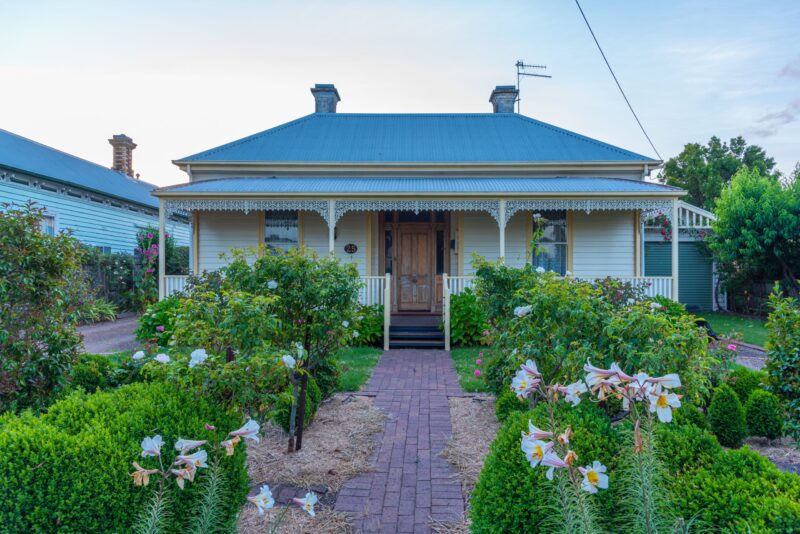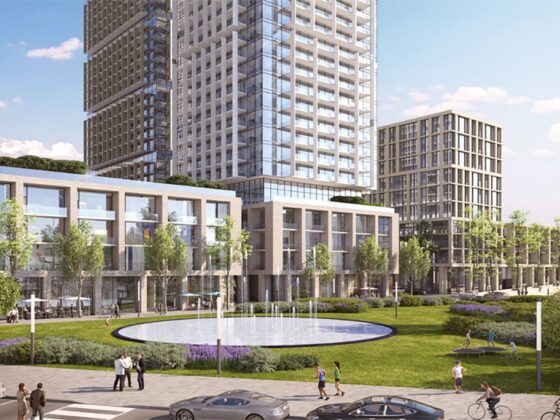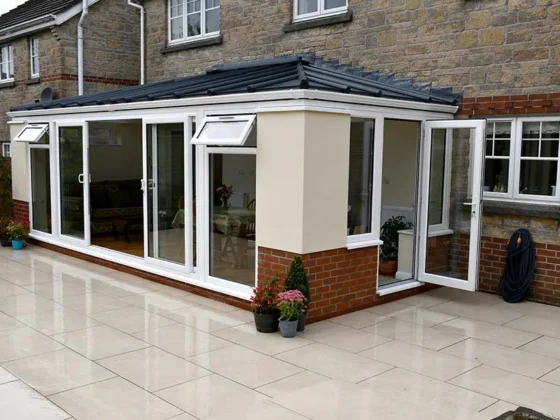Inheriting a charming older house or scoring a steal on a vintage property is a dream come true for many. But along with the undeniable character and history comes the not-so-charming quirks and outdated features. Pre-move-in prep before boxing up belongings for a new chapter in your old home ensures a smooth transition.
In this article, we’ll guide you through seamlessly blending your historic haven’s old-world soul with modern functionality.
Structural Modifications
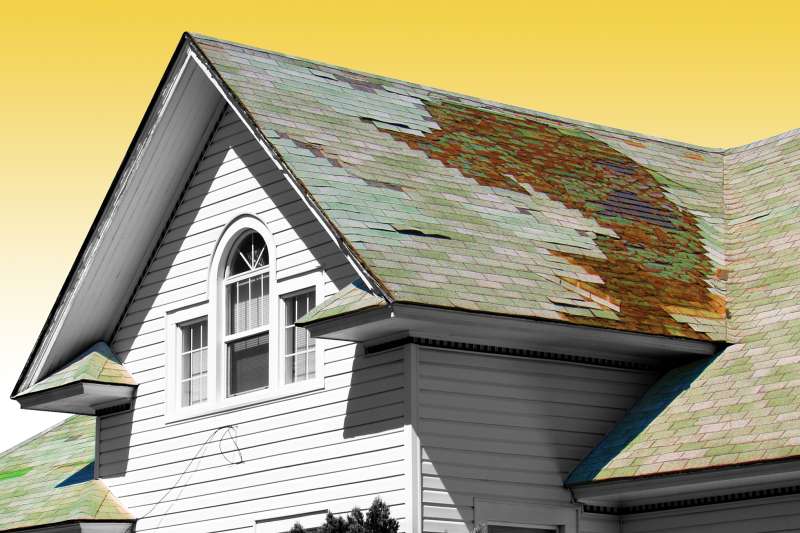
Before settling into your old home, ensuring its structural integrity is sound is essential. One of the primary areas to focus on is the roof, as it serves as the first line of defense against the elements. Upgrading your roofing not only enhances the aesthetic appeal but also strengthens the protection of your home.
Invest in durable roofing materials like shingles or metal panels to extend your roof’s lifespan and prevent leaks. Also, modern insulation techniques enhance your home’s energy efficiency and climate control. These upgrades ensure long-term protection and comfort for your living space.
As part of the roofing system, the barge board is crucial in providing support and stability to the roof’s edge. As time passes, exposure to weather conditions can cause deterioration in these boards, potentially resulting in structural problems. Hence, it’s crucial to conduct a comprehensive examination of the barge boards before settling in.
Check for indications of rot, decay, or pest presence that could undermine the boards’ strength. If any damage is identified, it’s essential to promptly repair or replace them to halt further decay and uphold your home’s structural stability.
Belco Forest Products stresses the barge’s vital role at the roof’s edge, ensuring it functions well in wet conditions and provides structural support. Barge boards serve a practical purpose and add to the aesthetic appeal of classic craftsman homes, making them distinct and memorable. Their significance lies not only in functionality but also in enhancing the architectural character of the home.
Electrical System Updates
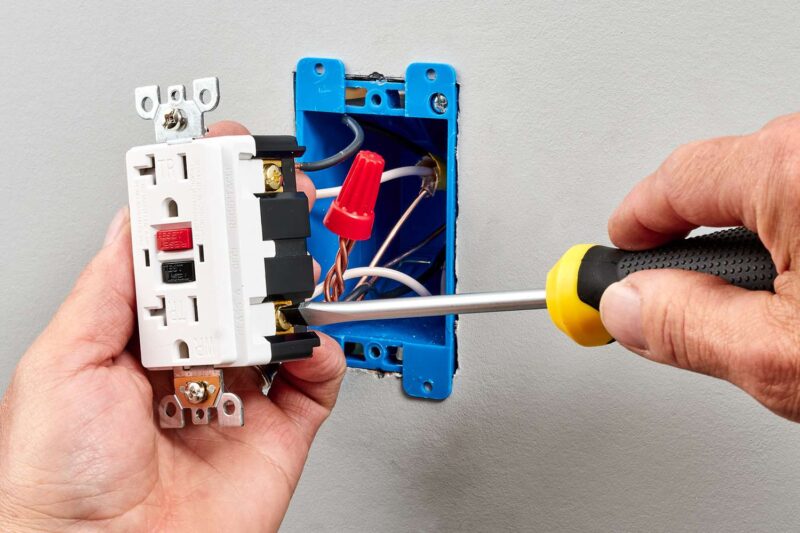
In old homes, one aspect that often requires immediate attention is the electrical system. Obsolete wiring and insufficient electrical components present safety risks and may not suffice for contemporary electrical devices and technology. Make upgrading your electrical system a priority to guarantee your home’s safety and operational efficiency.
Swap out outdated wiring with more advanced materials to minimize the chances of electrical hazards like fires and to improve energy usage. Upgrade circuit breakers and outlets to accommodate the power needs of contemporary electronics and appliances. Think about fitting ground fault circuit interrupters (GFCIs) in moisture-prone locations like kitchens and bathrooms to avoid electric shocks.
As per the National Fire Protection Association, electrical distribution was responsible for 6% of residential fires in the United States. Also, it caused 11% of home fire deaths. Upgrading old electrical systems can significantly reduce the risk of fire incidents.
Plumbing Overhaul
Plumbing often emerges as a critical puzzle piece in the grand tapestry of old home restoration. Aging pipes and fixtures not only diminish functionality but also pose a risk of leaks, water damage, and even contamination. Performing a thorough plumbing renovation is crucial to guaranteeing the efficient functioning and durability of your home’s water infrastructure.
Check pipes for signs of rust, leaks, or mineral accumulation, particularly in damp areas such as basements. Replace outdated pipes with durable materials like copper or PEX to improve water quality and prevent leaks. Upgrade fixtures to water-efficient models like faucets and toilets to reduce consumption and utility bills. Modernizing your plumbing system enhances home functionality and protects against future water-related damages.
The EPA reports that household leaks waste nearly 10,000 gallons of water annually on average. About ten percent of homes have leaks, wasting 90 gallons or more per day. Fixing these leaks can save homeowners approximately 10 percent on their water bills.
HVAC System Improvements

In old home revitalization, HVAC system improvements stand as pillars of comfort and efficiency. Outdated heating, ventilation, and air conditioning (HVAC) systems not only compromise indoor comfort but also contribute to higher energy bills and environmental impact. Improving your HVAC system is vital for establishing a comfortable and eco-friendly living space.
Start by thoroughly examining your current HVAC elements, like furnaces, air conditioners, and ductwork. Swap out old units with energy-efficient models that provide better performance and reduced operating expenses. Think about adding programmable thermostats to manage energy consumption efficiently and improve comfort levels in every area of your home.
Upgrading HVAC systems improves comfort and livability while also yielding substantial energy savings and promoting environmental sustainability.
Insulation and Ventilation Enhancements
Insufficient insulation and ventilation can lead to energy loss, uneven heating or cooling, and poor indoor air quality. Enhancing insulation and ventilation is essential for optimizing comfort and efficiency in your old home.
Begin by assessing the insulation levels in your attic, walls, and floors. Enhance insulation materials to contemporary, high-efficiency options to decrease heat transfer and lower energy usage. Also, ensure proper ventilation throughout your home to expel excess moisture and maintain fresh indoor air.
According to the US Department of Energy, homeowners can save approximately 15% on heating and cooling costs. This savings translates to an average of 11% reduction in total energy costs. Achieving these savings involves air-sealing homes and adding insulation in key areas like attics, floors over crawl spaces, and basements.
Safety and Security Measures
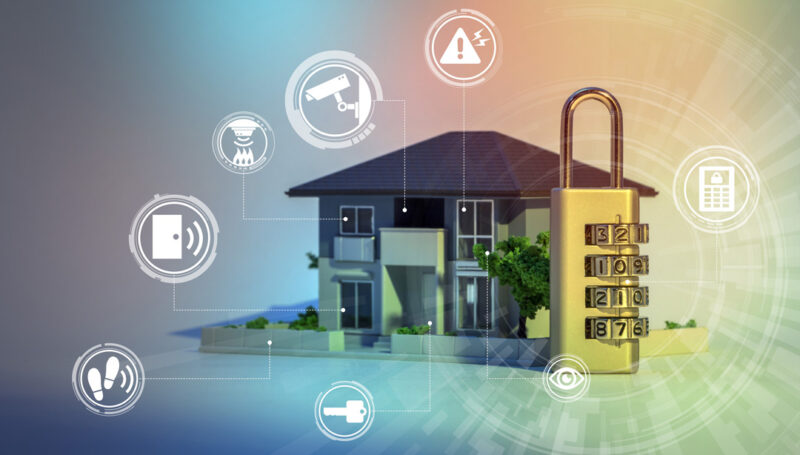
Preserving the timeless allure of an old home goes hand in hand with ensuring the safety and security of its occupants. Aging structures may lack modern safety features, leaving them vulnerable to potential hazards. Implementing comprehensive safety and security measures is crucial for peace of mind and protection.
Enhance home security with upgraded locks and deadbolts on all entry points to deter intruders. Consider adding a monitored alarm system for added protection against burglaries. Also, mitigate fire risks by installing smoke detectors and carbon monoxide alarms throughout your home. Ensure accessibility and maintenance of fire extinguishers for immediate response to emergencies.
Cosmetic Upgrades
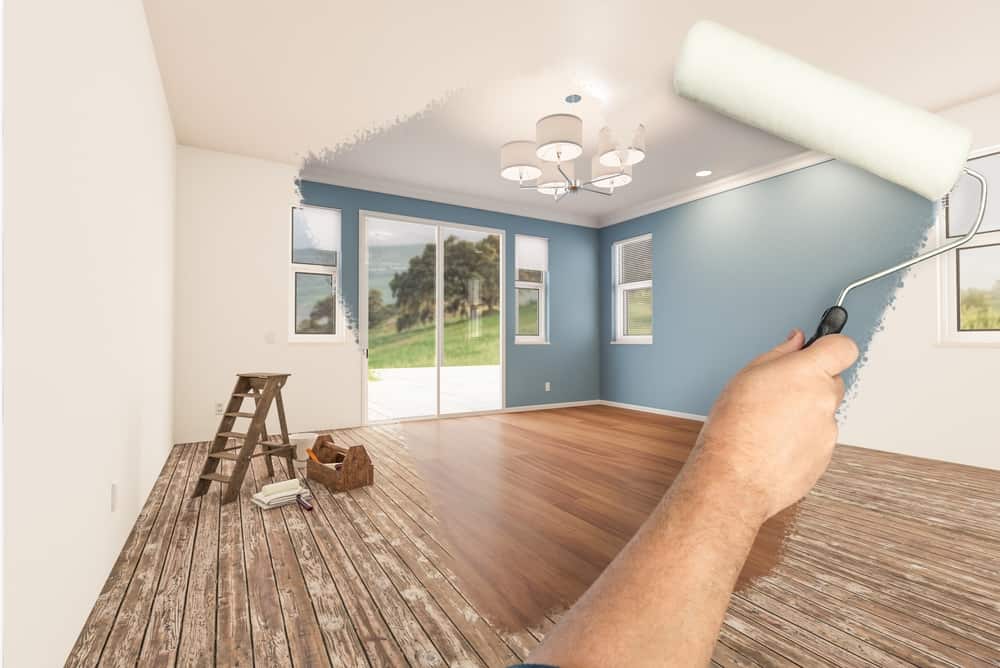
Preserving your old home’s historical charm is crucial, but cosmetic upgrades can rejuvenate its appearance and boost overall appeal. Refresh the interior with a fresh coat of paint in modern, neutral tones to brighten and modernize the space. Update outdated fixtures and hardware in the kitchen and bathrooms to add a touch of contemporary elegance.
Ponder refinishing hardwood floors for their original shine or swapping worn carpets with hardwood or laminate for a modern appearance. Also, updating lighting fixtures can instantly elevate the ambiance and functionality of each room.
Frequently Asked Questions
What are the key benefits of making pre-move-in modifications to an old home?
Pre-move-in modifications to an old home provide enhanced safety by addressing electrical and structural concerns, ensuring a solid foundation and fire prevention. Upgrading outdated systems improves functionality and comfort and preserves property value.
How can I determine which modifications are necessary for my old home before moving in?
To determine the necessary pre-move-in modifications for your old home, schedule a professional inspection. A qualified inspector can assess the electrical system, plumbing, roof, foundation, and HVAC to identify areas that may need repair or updating.
Is it possible to perform these essential modifications on my own, or should I hire professionals?
Though adept DIYers may handle simple tasks like light fixture replacements, complex modifications such as electrical system upgrades require professional expertise. Structural assessments are also best entrusted to licensed professionals for safety and efficacy. These jobs require specialized knowledge, tools, and permits to ensure safety and compliance with building codes.
Embracing the Journey from Old to New
Standing at the entrance of your old home, ready to embark on a journey of restoration and renewal, recognize that transformation starts early. It commences even before you unpack your first box. By implementing these seven essential pre-move-in modifications, you can breathe new life into your cherished abode while preserving its timeless allure.
As you settle into your revitalized old home, may you find joy in the stories it holds and the memories it inspires.
